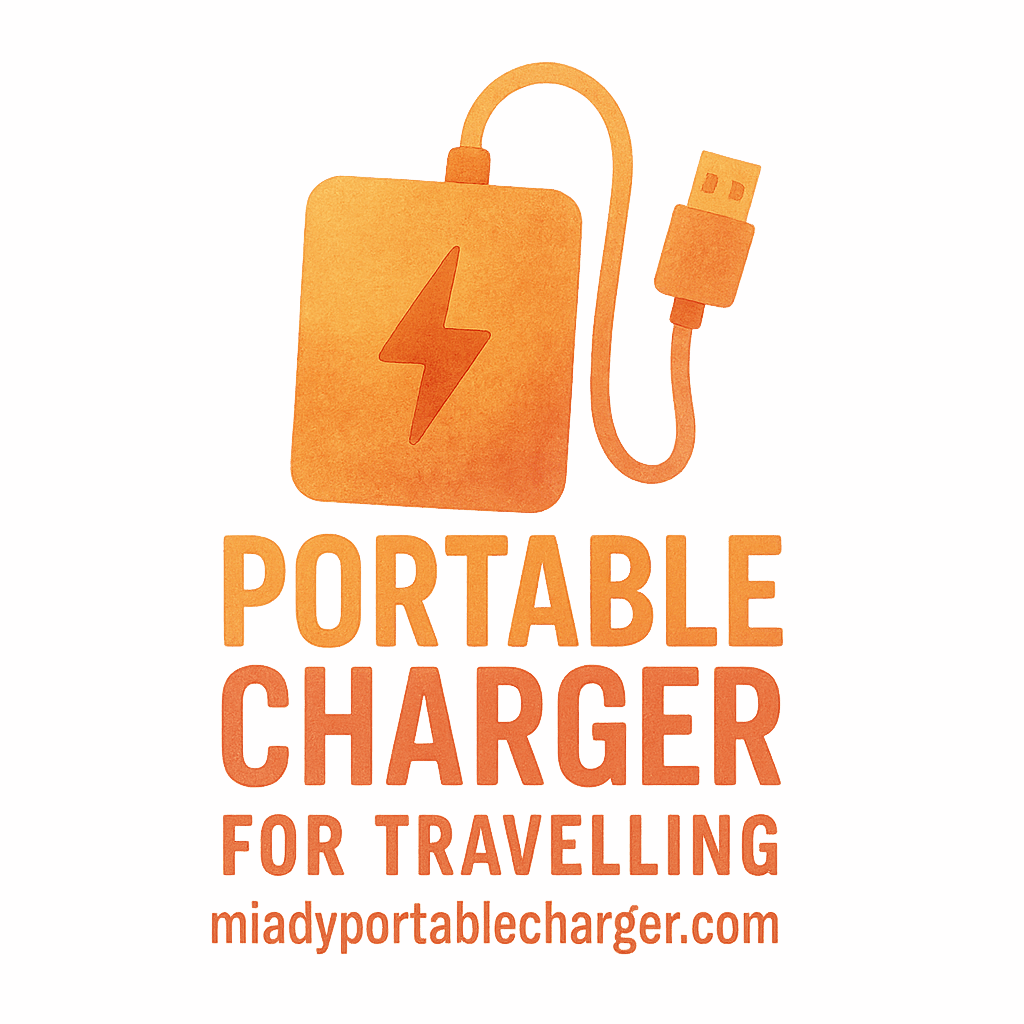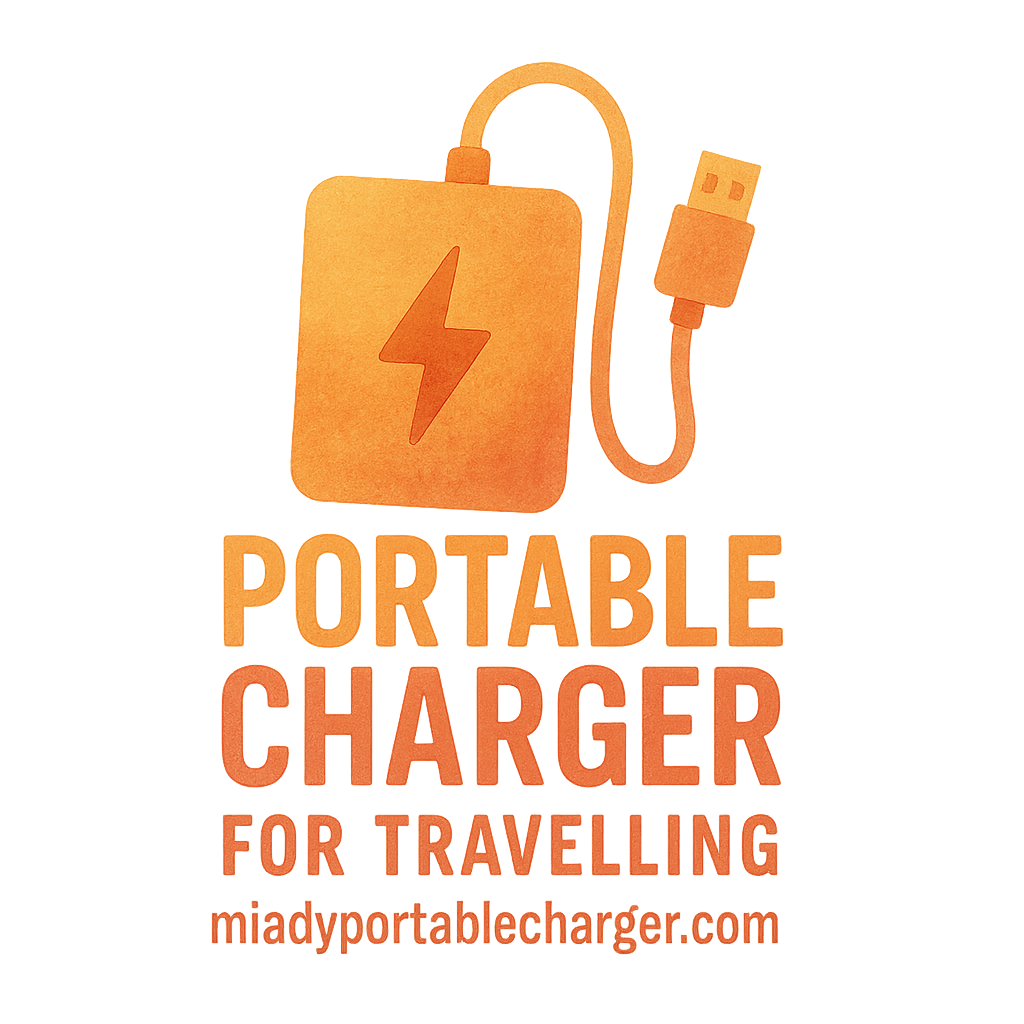As a traveler, one of your most valuable companions is your portable charger. It ensures that your devices remain powered, no matter where you are—whether you’re trekking through a mountain range, navigating busy city streets, or relaxing on a long flight. However, just like any other piece of tech gear, portable chargers can sometimes run into issues. In this article, we’ll cover 6 portable charger troubleshooting tips for travelers, so you can avoid disruptions and keep your devices charged during your adventures.
Why Portable Chargers Are Essential for Travelers
When you’re traveling, staying connected is more than just a luxury—it’s a necessity. From navigating with GPS to staying in touch with loved ones, your devices need a reliable power source. Here’s why portable chargers are essential for modern travelers:
Stay Connected Everywhere
Whether you’re hiking through remote trails or catching a red-eye flight, portable chargers allow you to keep your devices powered up. There’s nothing worse than running out of battery in the middle of a crucial call or when you need to navigate an unfamiliar area. With a portable charger, you’re always ready.
Versatility and Convenience
Portable chargers are compact, lightweight, and designed to fit into any travel bag. They offer flexibility, allowing you to charge various devices (smartphones, tablets, cameras, etc.) without the need for a power outlet. This makes them indispensable for trips where access to charging stations is limited.
Common Issues with Portable Chargers
Portable chargers are incredibly useful, but they’re not without their flaws. Here are some of the most common issues travelers face:
Overheating
Portable chargers can overheat when used for extended periods or when they’re exposed to high temperatures. Overheating not only reduces the efficiency of the charger but can also damage both the charger and your devices.
Battery Drain
One common frustration is when the charger seems to drain faster than it should. This could be due to several factors, such as charging multiple devices at once or using the charger in high temperatures.
Charging Incompatibility
Not all chargers are compatible with every device. Sometimes, you may find that your portable charger isn’t working as expected because it’s not delivering the right power output to your device.
Slow Charging Speed
Many travelers complain about slow charging speeds. This can happen if you’re using the wrong type of cable, an old charger, or if the charger isn’t powerful enough for your device’s battery.
6 Portable Charger Troubleshooting Tips for Travelers
Now that we’ve covered some of the most common issues with portable chargers, let’s dive into the practical tips for troubleshooting these problems when you’re on the go.
Tip #1: Check Your Charger’s Output Capacity
When your portable charger isn’t delivering power as quickly as you’d like, it might be because it’s not powerful enough for your device. Each device has a specific charging requirement, and the charger must meet that need. For instance, if you’re using a high-capacity device like a tablet, you’ll need a charger that can provide more output (measured in amps) to charge efficiently.
How to Fix It: Check the output capacity of your charger (usually labeled on the device) and ensure it matches your device’s requirements. If you’re using a smartphone charger, it might not be strong enough to charge larger devices like tablets or laptops.
Tip #2: Ensure Proper Cable Connection
A faulty cable or a loose connection could be the reason why your portable charger isn’t working. The cables we use daily may become worn out over time or get damaged in transit, leading to poor performance.
How to Fix It: Always use a good-quality, compatible charging cable for your device. Check both ends of the cable to ensure they’re securely connected. If the cable shows signs of wear or fraying, consider replacing it with a new one to ensure reliable performance.
Tip #3: Reset Your Portable Charger
Sometimes, chargers just need a reset. If your portable charger isn’t working despite being plugged in properly, it might be stuck or frozen in its charging cycle.
How to Fix It: Most portable chargers have a small reset button or require you to hold down the power button for a few seconds to reset the device. If your charger doesn’t have a reset button, try disconnecting all cables, powering it off, and then powering it back on after a minute.

Tip #4: Avoid Overcharging Your Devices
Overcharging is a common mistake that can damage both your device and portable charger. If you leave your devices plugged in longer than necessary, it can cause them to overheat and drain the battery more quickly in the future.
How to Fix It: Avoid leaving your device plugged in when it’s fully charged. Some chargers come with built-in features that stop charging when the battery is full, but if yours doesn’t, you’ll need to manually disconnect it once your device is fully charged.
Tip #5: Check for Firmware Updates
Many modern portable chargers come with firmware that can be updated to fix bugs and improve performance. If you’re having trouble with your charger, it might be an issue that can be resolved with a firmware update.
How to Fix It: Check the manufacturer’s website or app (if available) for any firmware updates that could help fix any issues you’re experiencing. Installing the latest updates may solve slow charging or connectivity problems.
Tip #6: Use the Right Charging Environment
Temperature and environmental factors can significantly impact your portable charger’s performance. Charging in extreme heat or cold can reduce its lifespan or cause it to malfunction.
How to Fix It: Always charge your portable charger in a cool, dry environment. Avoid exposing it to extreme temperatures, and keep it away from direct sunlight or humidity. This ensures your charger works efficiently and lasts longer.
How to Maintain Your Portable Charger for Long-Term Use
Taking proper care of your portable charger will ensure that it continues to function properly for years to come. Here are a few tips to keep your charger in top condition:
Clean Your Charger Regularly
Dirt and dust can accumulate on your portable charger’s ports, reducing its charging efficiency. Make it a habit to clean your charger’s ports and cables regularly with a soft cloth or compressed air.
Store It Properly
When not in use, store your portable charger in a cool, dry place. Avoid storing it in places that are too hot or too cold, such as in your car, which can lead to internal battery damage.
Final Thoughts
Portable chargers are a must-have for travelers, but like all tech gear, they can run into problems from time to time. Whether it’s overheating, slow charging, or compatibility issues, knowing how to troubleshoot and care for your charger can save you from frustration during your travels.
By following the tips in this guide, you’ll ensure that your portable charger works when you need it most. Remember to keep your charger clean, update its firmware, and always store it properly for long-lasting performance.
FAQs
- How can I tell if my portable charger is faulty?
- If your charger is overheating, not holding a charge, or not charging devices properly, it might be faulty. Try troubleshooting or resetting it first before replacing it.
- Can I use any cable with my portable charger?
- It’s essential to use the correct cable for your device. A low-quality or incompatible cable can slow down the charging process or cause connection issues.
- Why does my portable charger stop charging my phone after a few minutes?
- This could be due to an incompatible output, a damaged cable, or an overheating issue. Check the charger’s output and ensure the cable is in good condition.
- Can I leave my portable charger plugged in overnight?
- While most modern chargers have overcharge protection, it’s best not to leave your devices plugged in for too long. Disconnect once the device reaches full charge.
- How do I know if my charger needs a firmware update?
- Manufacturers typically release firmware updates through apps or websites. Check the official site or app of your charger’s brand for any updates.
- Can extreme temperatures affect my portable charger’s performance?
- Yes, both heat and cold can negatively impact charging speed and battery life. Always charge your devices in a moderate temperature.
- What should I do if my portable charger won’t turn on?
- Try resetting the charger by turning it off and on, checking the connection, or replacing the cable. If the problem persists, contact customer service for support.
Internal Links:
- Adventure Travel Essentials: Portable Chargers
- Portable Charger Buying Guides
- Portable Charger Reviews
- Charging Tips
- Travel Essentials


